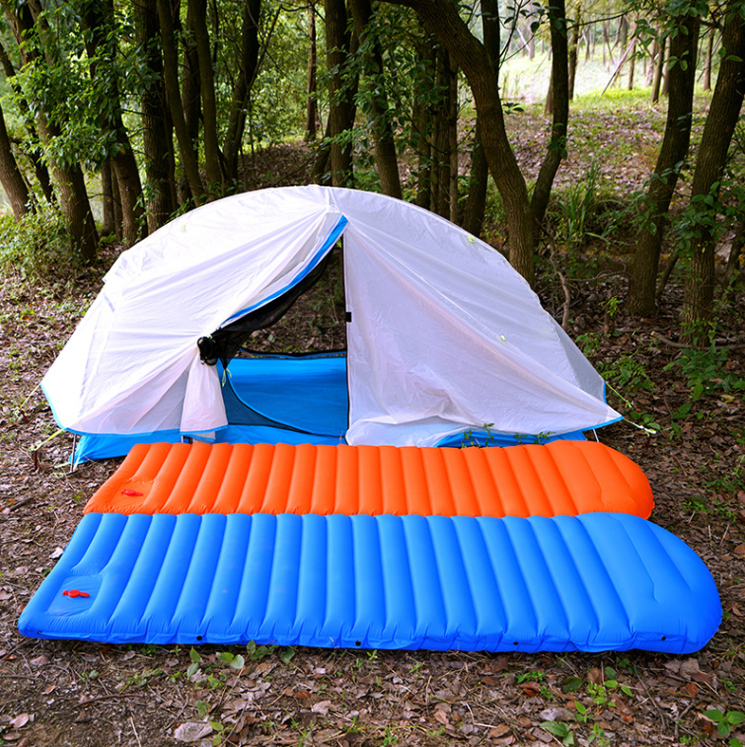News Center+ 查看更多
News Center
+ 查看更多
Sleep in Comfort: The Importance of Insulation in Camping Sleeping Mats+ 查看更多
Sleep in Comfort: The Importance of Insulation in Camping Sleeping Mats
+ 查看更多
Date:2023-12-24
Camping sleeping mats are essential for a restful night's sleep outdoors. The insulation in these mats plays a pivotal role in providing comfort, warmth, and insulation from the ground. Understanding the significance of insulation is key in selecting the right sleeping mat for outdoor adventures.

1. Insulation Types in Sleeping Mats
a. Foam Mats: Traditional foam mats provide basic insulation by trapping air within their cells, preventing heat loss to the ground. They are durable and affordable but might be bulky.
b. Air Mats: These mats use air as insulation, providing cushioning and reducing conductive heat loss. Advanced designs include insulated air chambers that enhance warmth without compromising on weight.
c. Self-Inflating Mats: Combining foam and air, self-inflating mats offer a balance of comfort and insulation. The open-cell foam core self-inflates when the valve is opened, providing both cushioning and warmth.
2. R-value and Thermal Resistance
R-value measures a sleeping mat's resistance to heat flow. Higher R-values indicate better insulation. Understanding R-Values assists in selecting mats suitable for specific weather conditions. For colder environments, higher R-value mats offer better insulation from the cold ground.
3. Importance of Insulation in Cold Weather
Insulation in sleeping mats is crucial for cold-weather camping. Without adequate insulation, heat from the body transfers to the ground, resulting in discomfort and a drop in body temperature. Insulated mats with higher R-Values effectively minimize this heat loss, keeping campers warm and comfortable.
4. Ground Temperature and Heat Transfer
The ground temperature significantly impacts thermal comfort during camping. Even in mild weather, the ground can be much colder than the air, making insulation vital. Quality insulation in sleeping mats creates a barrier, preventing heat transfer to the colder ground.
5. Considerations for Comfortable Sleep
Apart from insulation, factors like mat thickness, surface texture, and body contouring influence sleeping comfort. Mats with cushioned thickness and ergonomic designs enhance overall comfort, ensuring a more restful sleep.
6. Durability and Longevity
Insulation quality also affects the durability of sleeping mats. High-quality insulation materials ensure the mat's longevity and effectiveness over time, resisting compression and maintaining insulation properties.
7. User Reviews and Recommendations
Considering user experiences and reviews aids in understanding how well-sleeping mats perform regarding insulation, comfort, durability, and overall satisfaction.
Conclusion
Insulation is a critical aspect of camping sleeping mats, providing warmth, comfort, and protection from the cold ground. By understanding insulation types, R-Values, and their impact on thermal comfort, campers can make informed decisions, selecting mats that offer optimal insulation for a comfortable night's sleep in outdoors.

